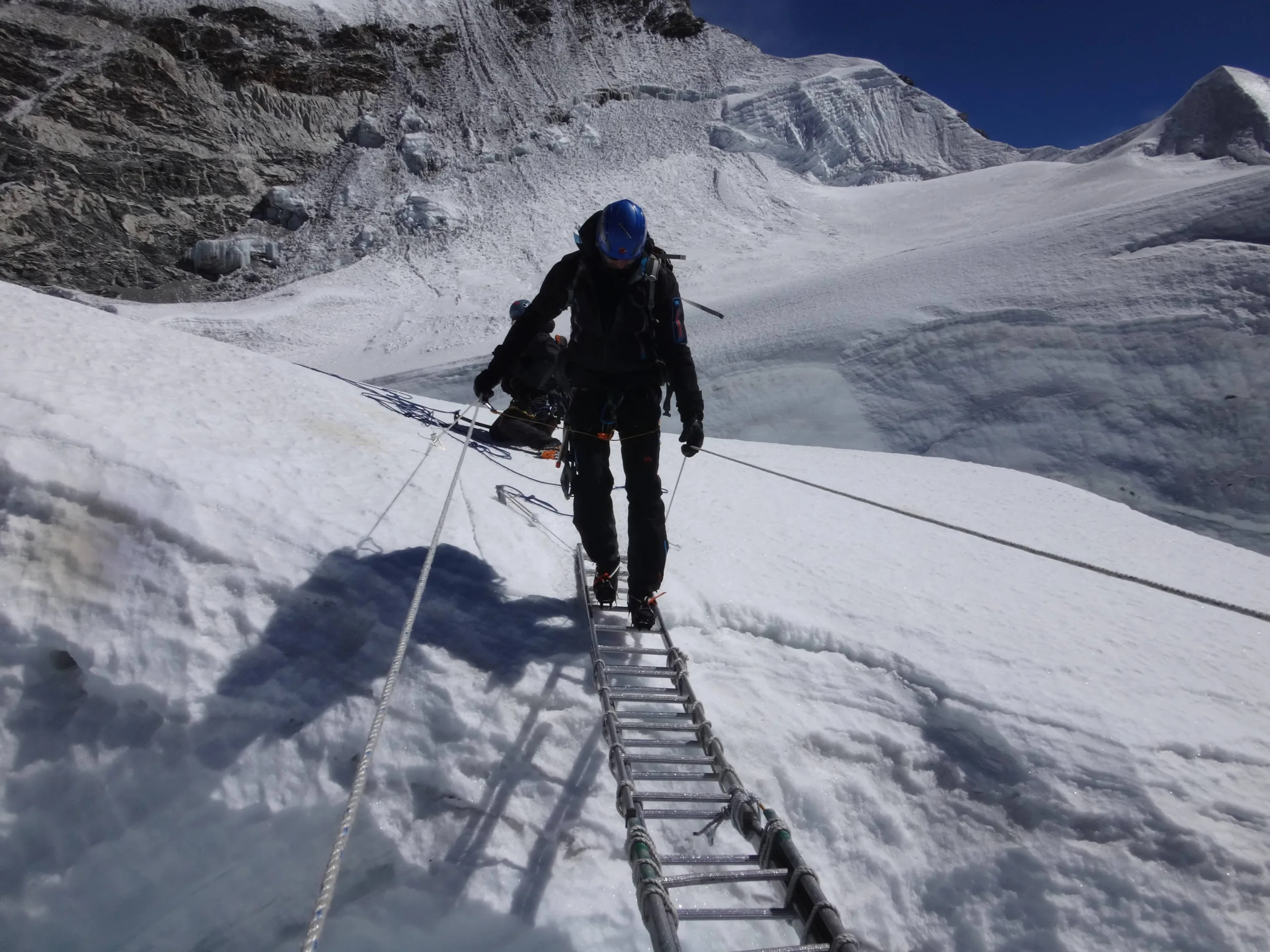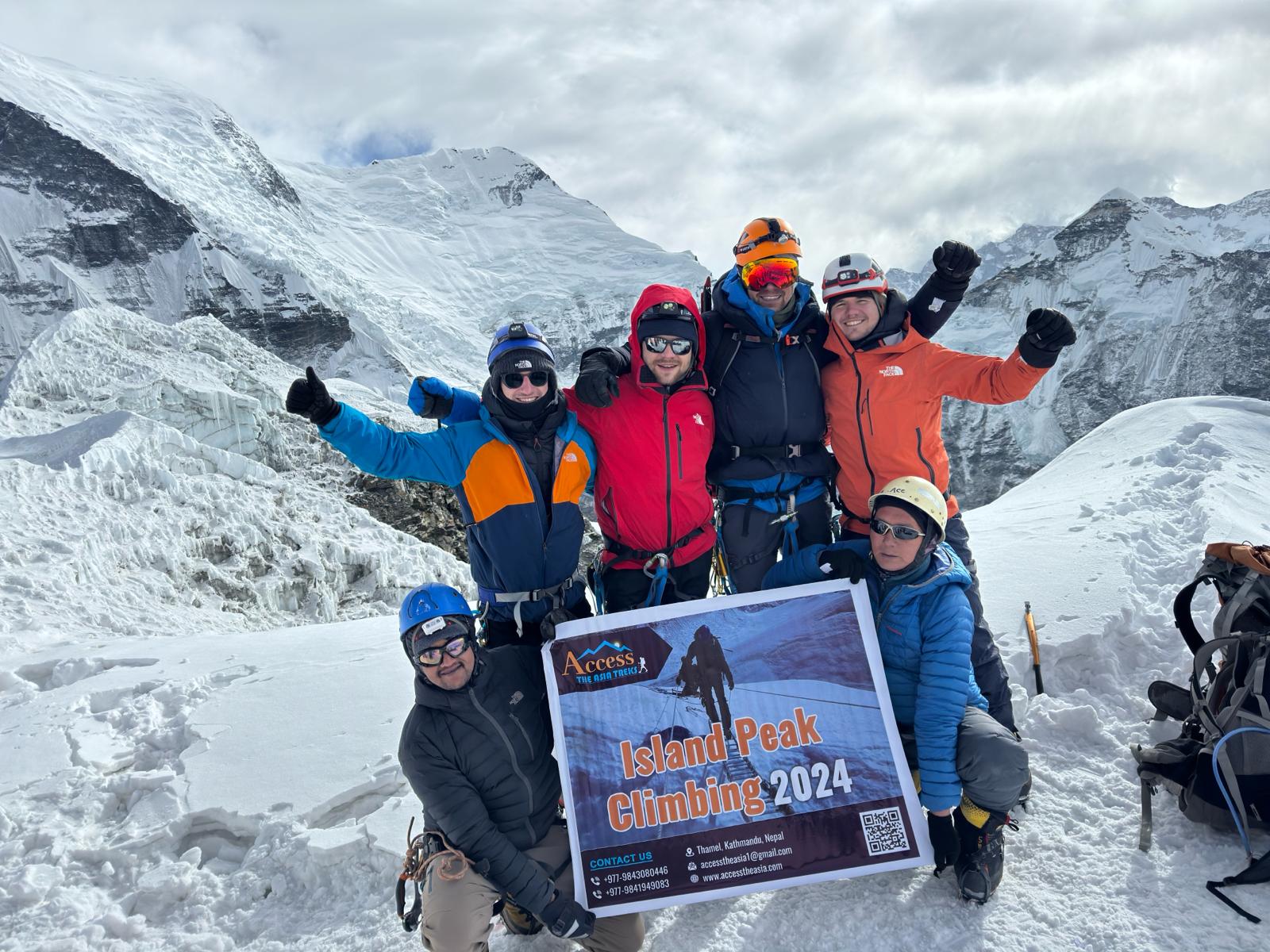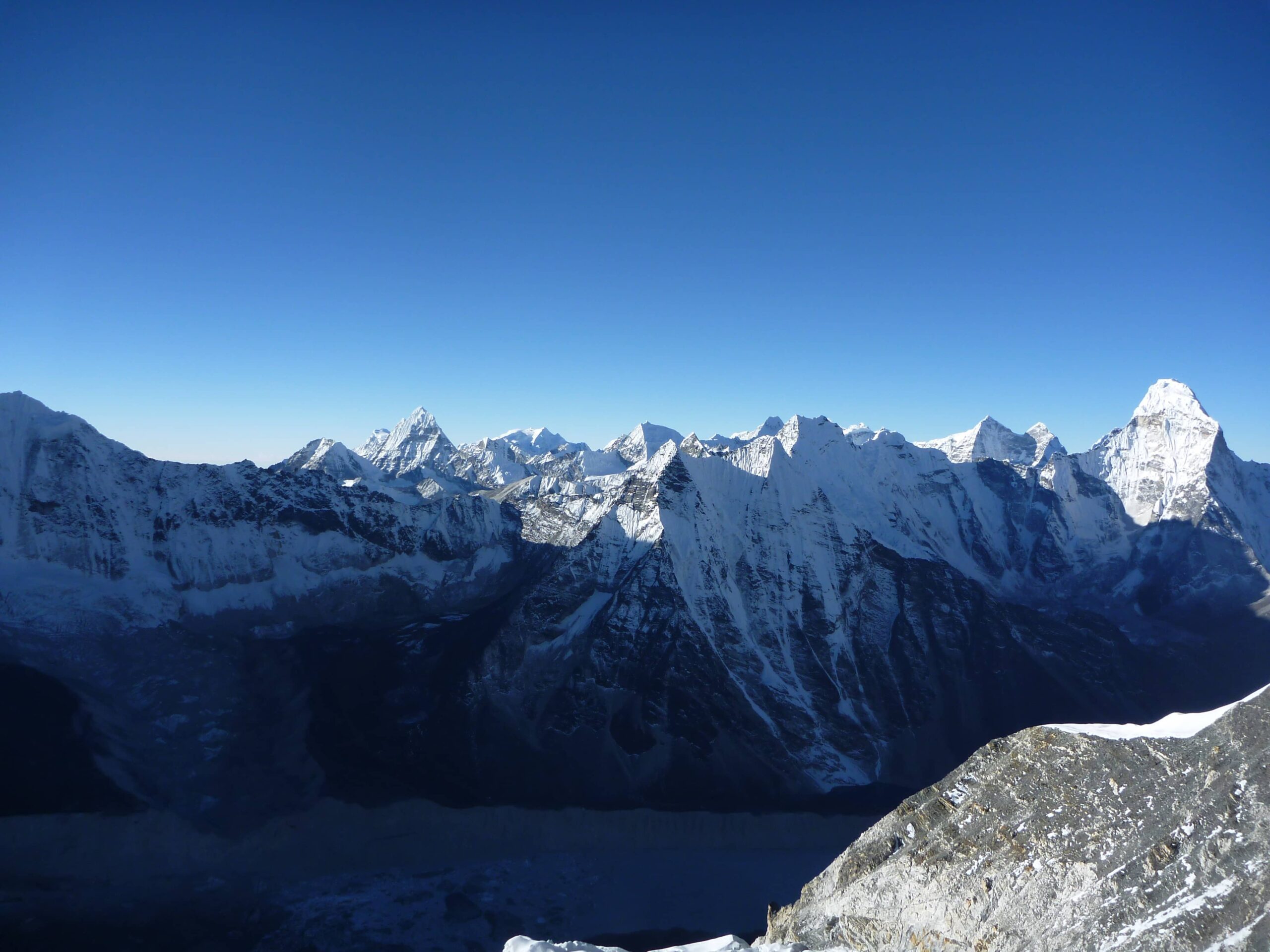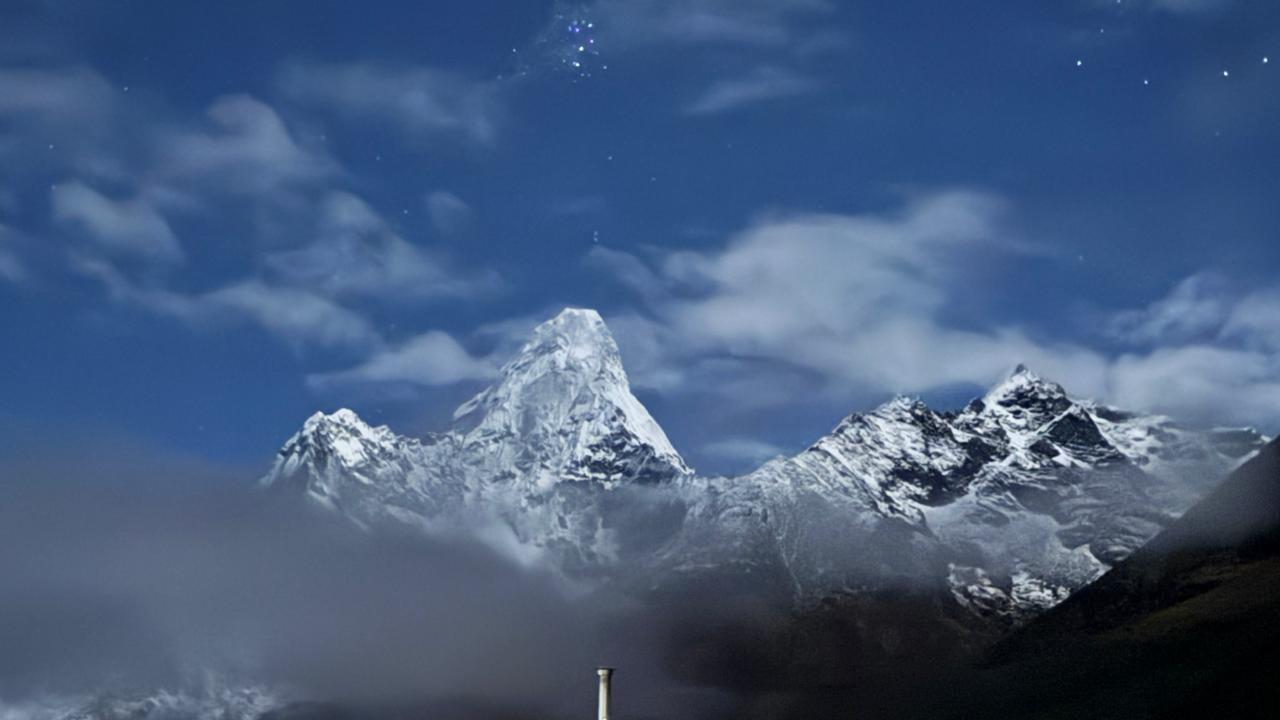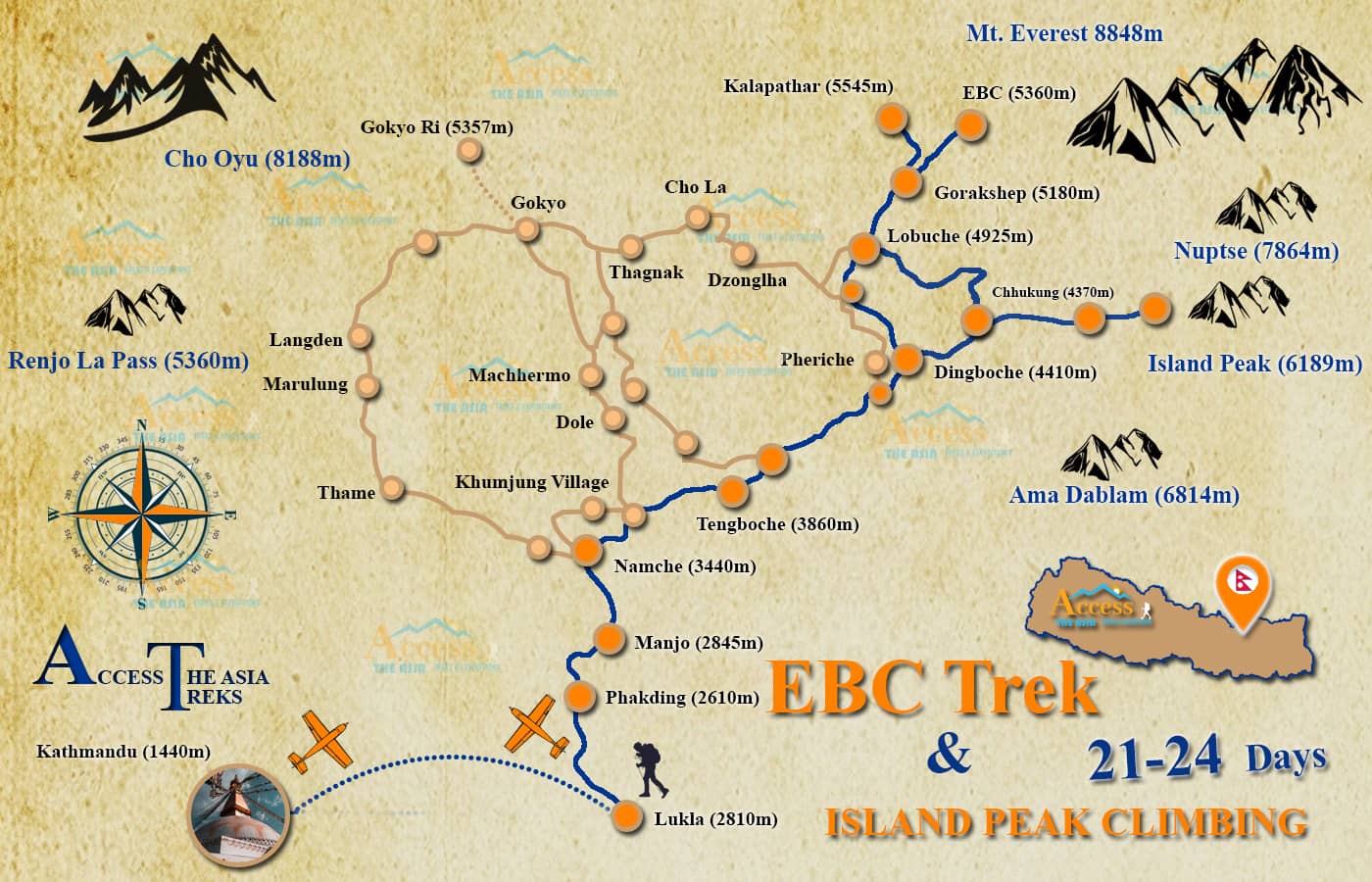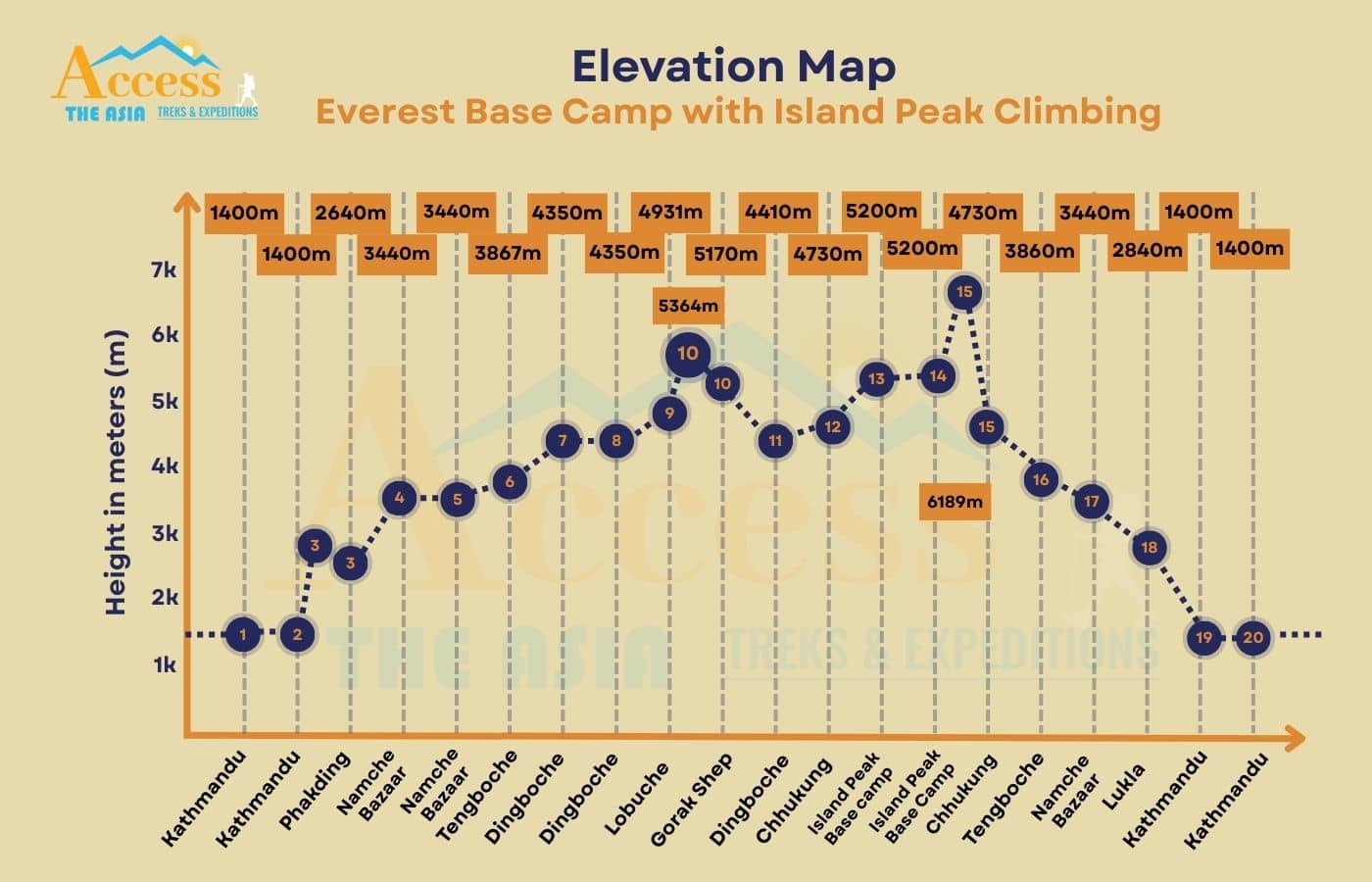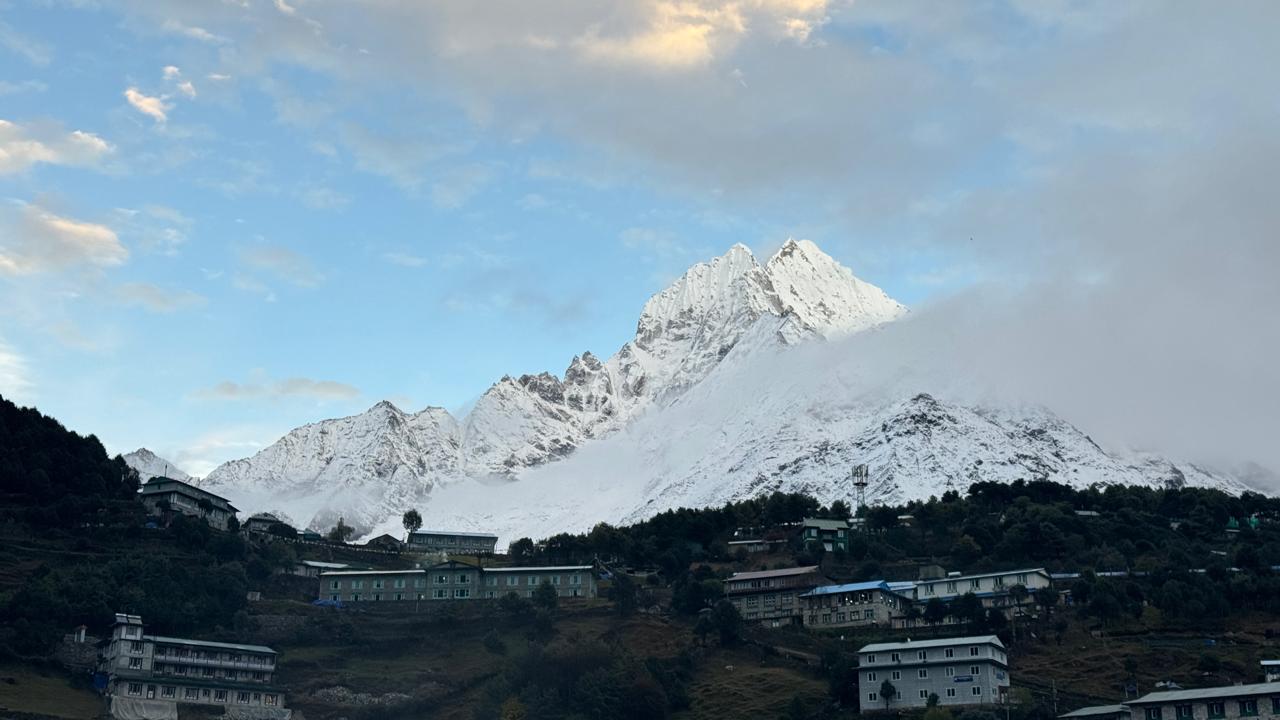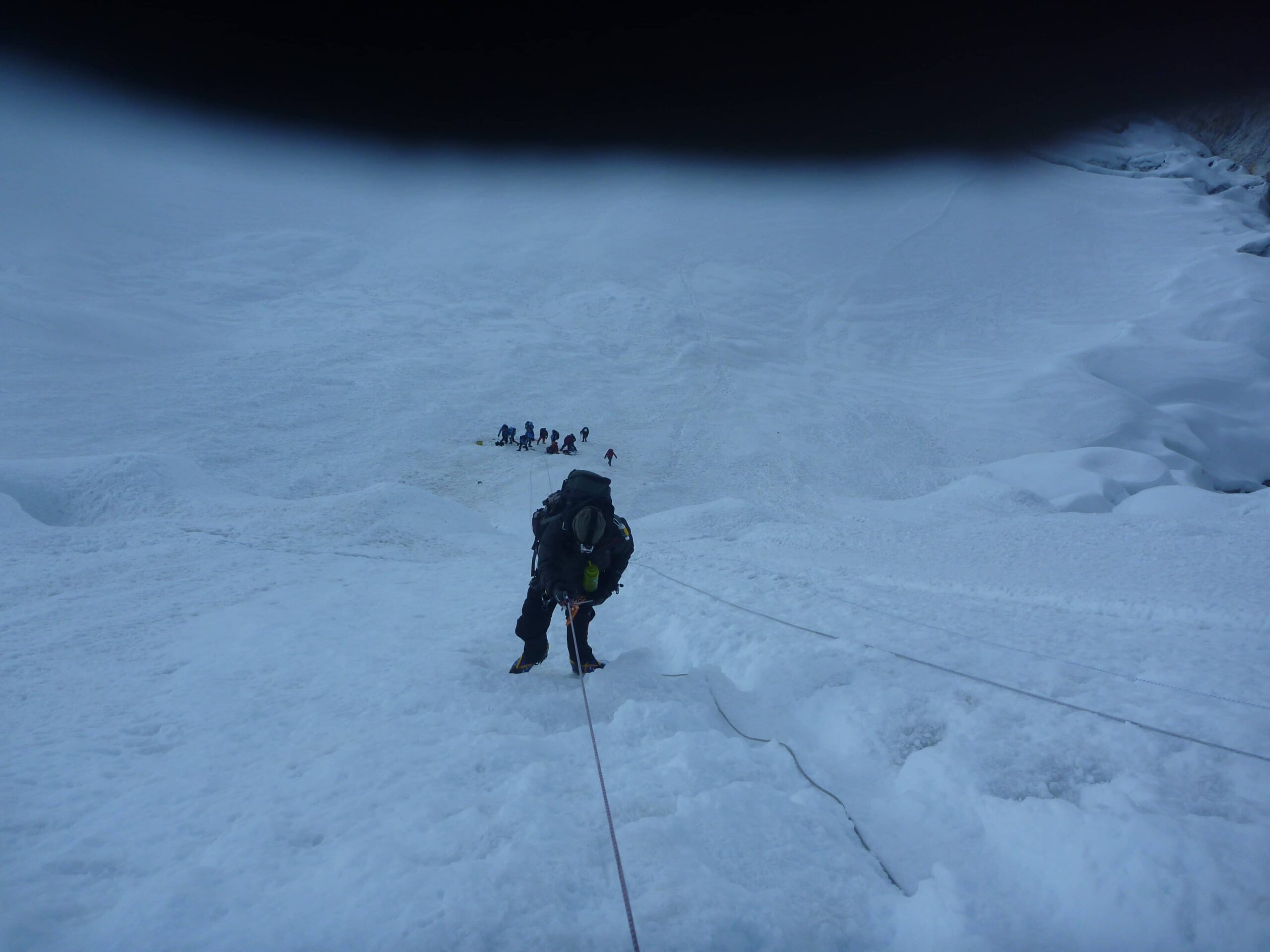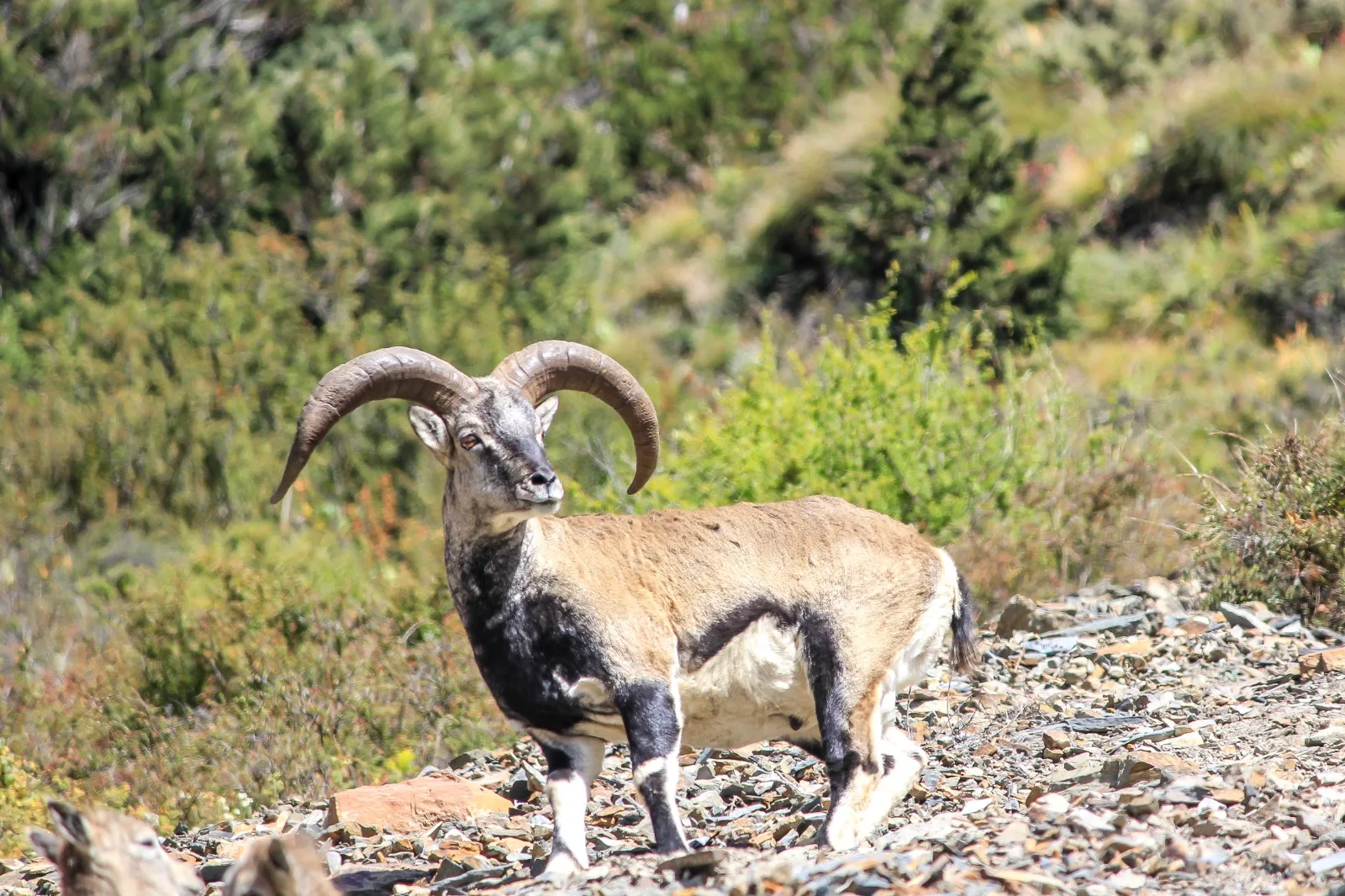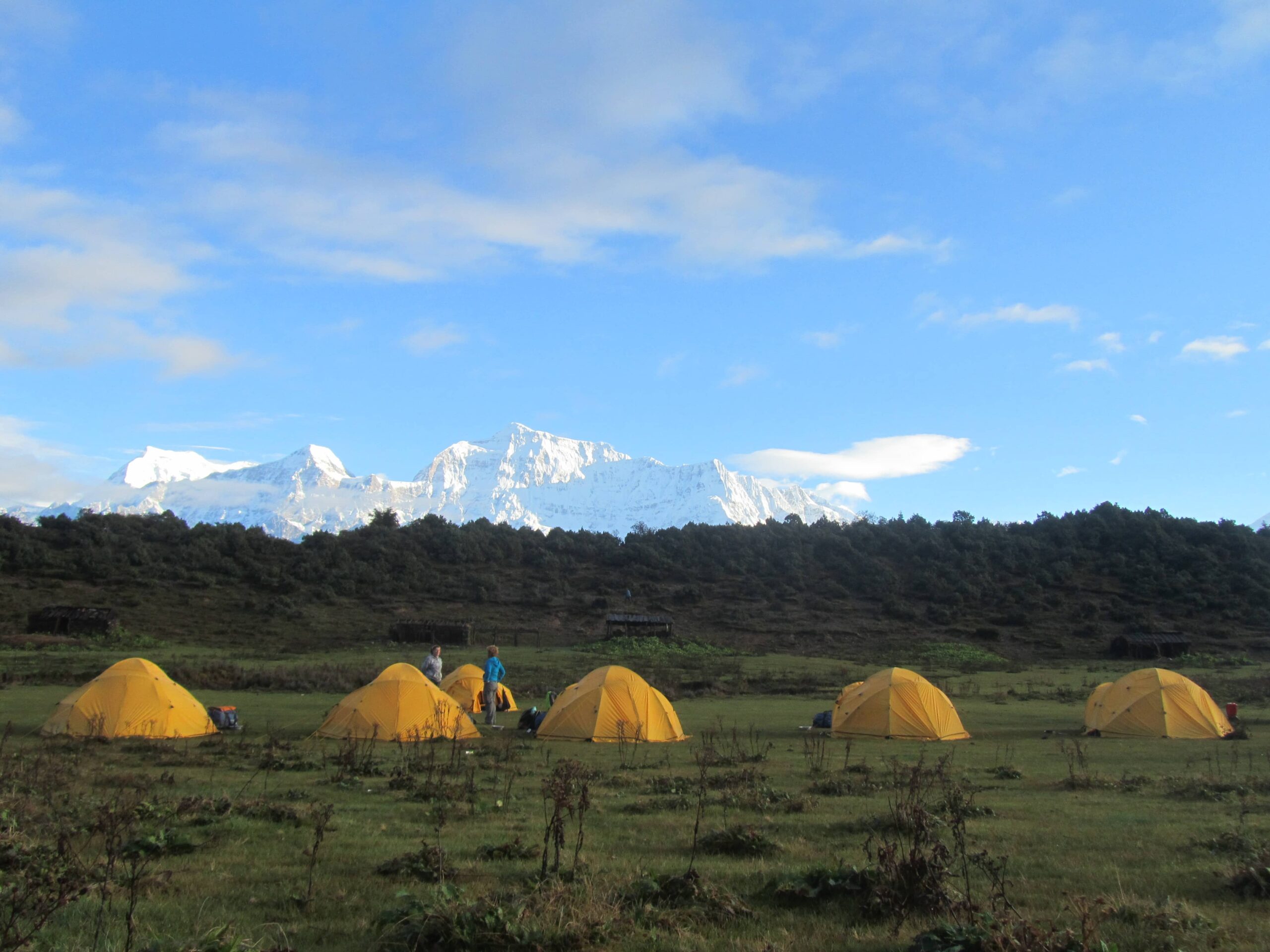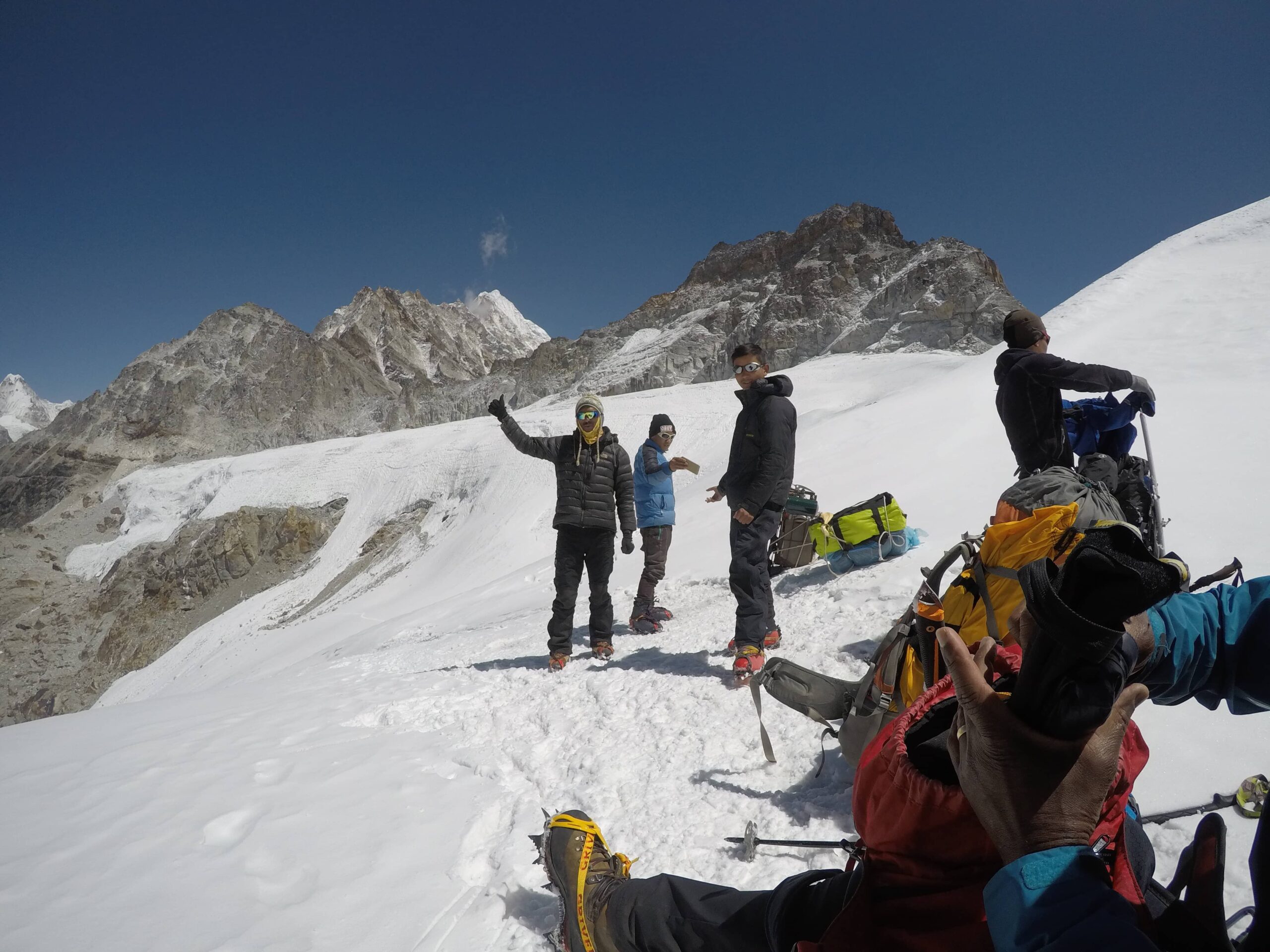Planning a trek with Access the Asia Treks is an adventure of a lifetime, offering breathtaking views, cultural immersion, and unforgettable memories in the land of paradise. To ensure your journey is seamless and enjoyable, here are the essential things to know before starting on your trekking adventure. This comprehensive guide covers all aspects of preparation, including visas, required gear, cash, first aid, and other important considerations.
Trekking in the majestic Himalayas with Access the Asia Treks is an extraordinary experience that combines nature, culture, and adventure. Whether you’re heading to Everest Base Camp, the Annapurna Circuit, or less-trodden paths like the Manaslu Circuit, preparation is key. Each trek offers unique challenges and rewards, so understanding the terrain, weather, and local customs is crucial. Trekkers should be prepared for altitudes ranging from 1,000 meters to over 5,500 meters and varying climates from subtropical to alpine conditions.
Important Aspects to Know Before the Trek
Physical Preparation: Trekking in Nepal demands a moderate to high level of physical fitness. Begin training several months before your trek with a mix of cardio, strength training, and hiking practice. Consider altitude acclimatization as a part of your preparation.
Trekking Permits: Most trekking regions in Nepal require specific permits like the TIMS (Trekkers Information Management System) card and area-specific permits. For example, the Annapurna Conservation Area Permit (ACAP) or Sagarmatha National Park Permit may be necessary. Access the Asia Treks will assist you with the paperwork. Therefore, our package includes these permit fees and other required documentation.
Cultural Sensitivity: Nepal’s diverse cultures and religions require respect and understanding. Familiarize yourself with local customs, avoid gestures that might be considered offensive, and follow Leave No Trace principles to preserve the environment. Access the Asia Treks is involved in various sanitation campaigns that is directly or indirectly providing the necessary support in preserving the environment being associated with the reputed NGO “Inspire the Youth”.
Visa Requirements
Nepal requires most international travelers to obtain a visa. You can apply for a visa on arrival at Kathmandu’s Tribhuvan International Airport or at Nepalese embassies abroad. The visa fee depends on the duration of your stay (e.g., 15, 30, or 90 days). Ensure your passport is valid for at least six months beyond your travel dates and bring passport-sized photos for the visa application. Access the Asia Treks provides assistance if you need guidance during the visa process.
Gears According to the Trip
Packing the right gear is vital for a successful trek. Access the Asia Treks offers gear rental options for specific items to reduce the burden of carrying everything from home. We have provided the gear details needed in our gear section. We are always ready to guide you for the perfect solution regarding acquiring the complete gears.
Cash Requirements
ATMs are scarce in remote trekking regions, so carry sufficient cash in Nepali rupees for the entire trip. While larger towns like Pokhara and Namche Bazaar may have banking facilities, many tea houses and shops along the trekking routes only accept cash. Budget for accommodation, meals and permits are provided by the company in our package. However, your personal expenses, extra food item, energy bars and incidental expenses are on your own which require the Nepali cash with you during the trek.
First Aid and Health Precautions
Access the Asia Treks provides basic first-aid support during your trek, but you should carry a personal first-aid kit for your personal medication. First aid includes essentials like:
- Pain relievers – (On your own)
- Band-aids and antiseptics – (Provided by the company. Better to have your own)
- Altitude sickness medication (Diamox or equivalent) – (On your own)
- Blister care (moleskin or blister plasters) – (Provided by the company. Better to have your own)
- Prescription medications – (On your own)
- Electrolyte powders for hydration – (On your own)
- Water Purification tablets – (On your own)
- Oximeter – (Provided by the company)
- Thermometer – (Provided by the company)
Most of the medications and first aid equipment are carried by the guide. Somehow, it is important for you to take it on your own for your safety and reliability. Stay hydrated, eat well, and listen to your guide’s advice about acclimatization. If symptoms of Acute Mountain Sickness (AMS) occur, inform our guide immediately.
Travel Insurance
Comprehensive travel insurance covering high-altitude trekking and emergency evacuation is mandatory along with the medical expenses occurred during the process.
Communication
Mobile networks are limited, but Access the Asia Treks provides updates about connectivity. Satellite phones may be available for emergencies. We will work out on this one. We will provide you the details regarding the mobile networks and connectivity throughout the trek so that you can be updated with its details. We will also provide you the essential communication medium during the emergency situation.
Environment and Sustainability
Minimize waste by avoiding single-use plastics and use refillable water bottles. Respect wildlife and stay on marked trails. Our guide provides you the spot briefing related to the trekking destination and you must follow the guide’s guidelines and implement accordingly. The main motto of our trekking must be to respect the nature and environment and the sustainable tourism.
Pre-Trek Briefing
It is important for you to attend the pre-trek briefing provided by Access the Asia Treks. This session covers route details, safety guidelines, and answers any questions you might have.
Weather and Season
The best trekking seasons are spring (March-May) and autumn (September-November). Prepare for unpredictable mountain weather even during these periods. Its very important for one to know the weather condition before commencing for any trek. For trekking in Nepal, you must be prepared accordingly. The unfavored weather might invite the obstacles during the trek. Therefore, it is better to start the trek in the stated season or else you can communicate with the Access the Asia Treks team for the weather update and the current situation in Nepal.
Emergency Contacts
Share your itinerary and emergency contact information with family or friends. Note down emergency numbers provided by Access the Asia Treks and provide your emergency contact details to Access the Asia Treks team as well.
Starting on a trek with Access the Asia Treks is an incredible journey into the heart of the Himalayas. Proper preparation ensures your experience is safe, enjoyable, and memorable. By understanding the logistics, respecting local culture, and equipping yourself with the right gear, you’re set for an adventure that stays with you forever. Let Access the Asia Treks guide you through this extraordinary experience. Start planning your trek today!

